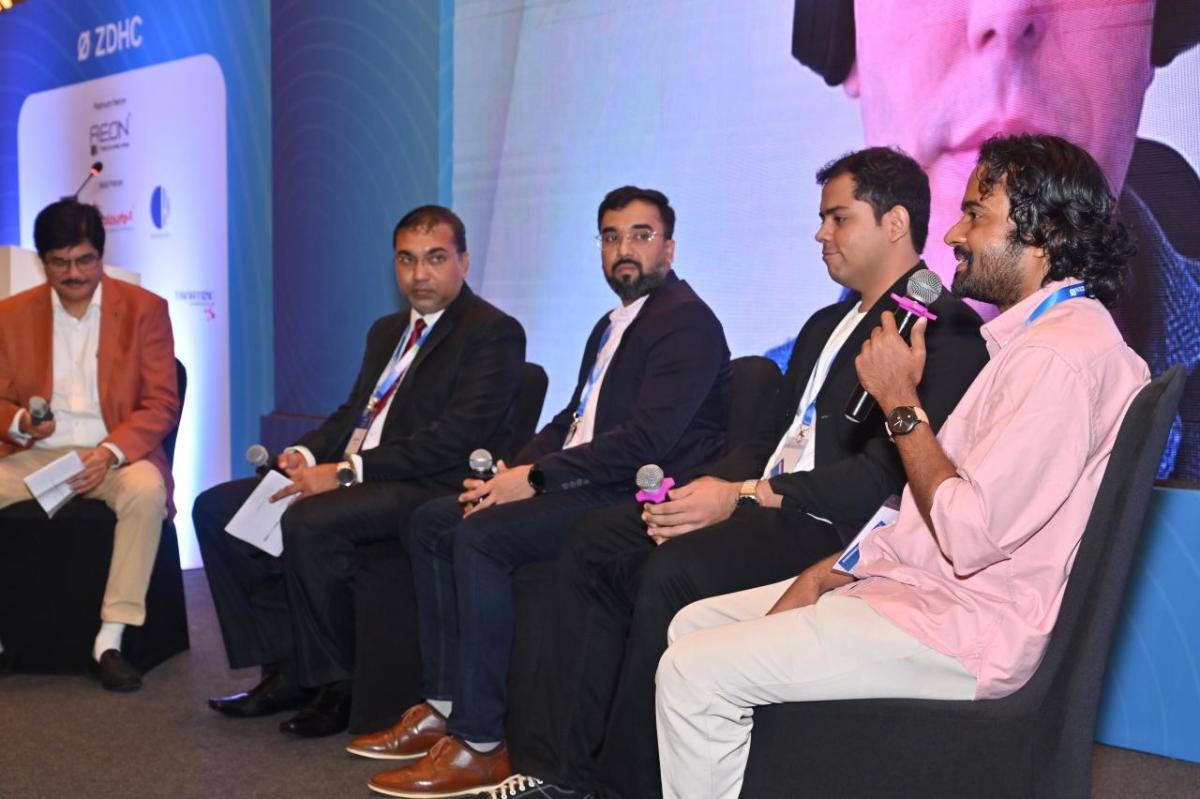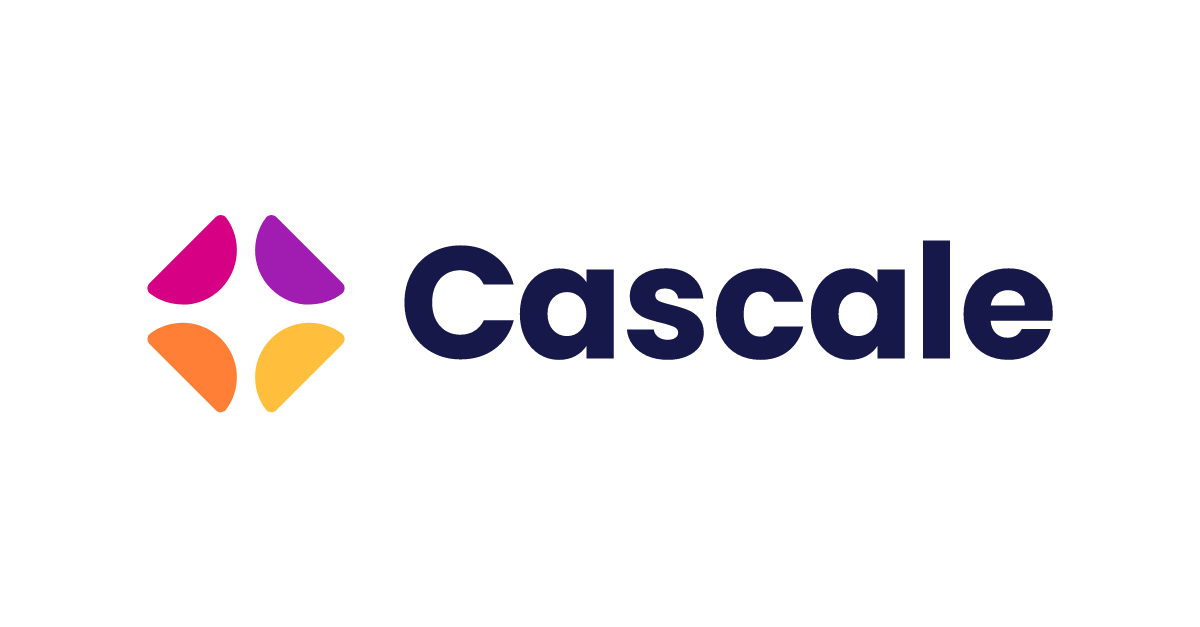Sustainable Apparel Coalition Joins ZDHC South Asia Conference Discussion on Collaboration to Accelerate Sustainable Chemical Management

The ZDHC South Asia Conference in Bengaluru, India facilitated high-level conversations on sustainability, including a panel discussion on chemical management. Moderated by Prasad Pant, South Asia Director and Competence Centre Director for the ZDHC Foundation’s Roadmap to Zero Program, “The Need for Collaboration in Accelerating Sustainable Chemical Management” panel included Dhawal Mane, SAC Director of Verification, Training & Insights. Fellow panelists included Klaehn Gundolf, Head of Environmental Component, Responsible Industrial Practices in the Clothing Industry in Asia (FABRIC), Shivam Gusain, Innovation Analyst at Fashion for Good, Vidhesh Kadam, Standards & Recycled Materials Specialist at Textile Exchange, and Edga Melan, General Manager Engineering & Sustainability, Teejay Sri Lanka, Joint Apparel Association Forum (JAAF) and Fabric Apparel Accessory Manufacturers Association (FAAMA) in Sri Lanka.
Mane emphasized the deep collaborations that drive SAC action on chemical management, including a close partnership with ZDHC to align their Supplier to Zero Program with the Higg Facility Environment Module (FEM); similarly, the alignment of FEM with the RtZ and StZ programs is rooted in the apparel alliance, which was formed by the Apparel Impact Institute, Textile Exchange, ZDHC Foundation, and the SAC in order to align tools and programs to achieve greater alignment and avoid duplicating efforts. Complementary tools are the bedrock of the apparel alliance’s goal of creating a connected, end-to-end path to action for the entire apparel and footwear industry as we work together to achieve a minimum goal of 45% reduction in GHG emissions by 2030.
Mane talked about SAC's updated strategic plan, and its focus on aligning the facility's journey geared towards impact. “With about 8000 factories completing the Higg FEM verifications, we recognise the several touch points facilities have with various supply chain sustainability programs and collaborative organizations.”
One of the key outputs will be an industry-wide standardized environment performance framework and factory journey, which will provide clarity and insight on how brands and their supply chains can best utilize different programs to drive continuous improvement on environmental performance at the factory level, and how these programs are connected and can facilitate the most impact. His final call to action was for continued collaboration with industry stakeholders to address the challenges we face as an industry.

